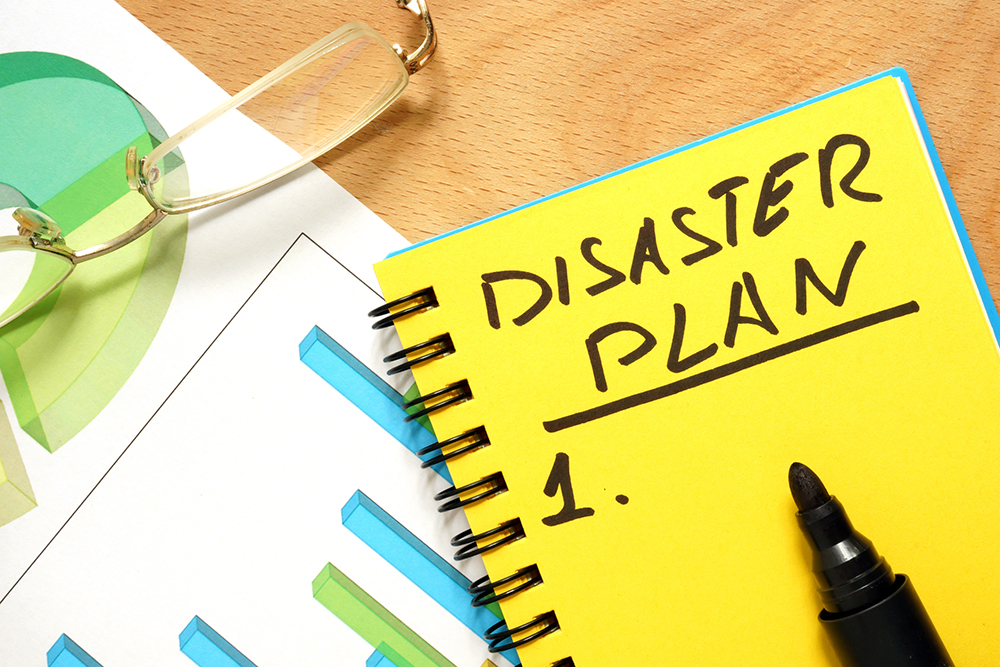Many companies have disaster recovery plans in place to address significant business disruptions, such as a natural disaster like a hurricane, an earthquake, or a tornado; a cyberattack; political or social unrest; or a host of other contingencies.

Disaster recovery plans should consider how likely a disrupting event is and the severity of such an event were it to occur, as well as include steps to take for addressing those plans, such as how to get back to normal as quickly as possible.
The COVID-19 pandemic has created a situation in which companies need to take another look at their disaster recovery plans. The pandemic has changed not only the nature, likelihood, and severity of potential disruptions but also the idea of what “normal” looks like and, consequently, how to get back to that normal.
Here are some questions businesses should be asking themselves when reevaluating their disaster recovery plans.
What Events Are Likely to Cause Disruptions?
We mentioned a few examples in the intro to this post—natural disasters, cybersecurity, etc.—but obviously, a global pandemic should be added to the list. But what about other contingencies that may have seemed less likely just a year ago?
Political and social unrest may not have seemed particularly likely to disrupt business a few months ago, but widespread racial justice protests have had significant impacts on many brick-and-mortar retailers.
Similarly, travel disruptions may be a major factor for some businesses that rely heavily on being able to send staff around the country or globe.
How Severe Are These Events Likely to Be?
The severity of likely events may have changed for many businesses in the wake of their responses to the pandemic. Some events could potentially be more severe.
For example, a widespread cybersecurity threat could pose a greater risk to a company whose employees are working remotely and may have less secure connections than they would working from the company offices.
On the other hand, others may pose less of a risk. A tornado destroying the company headquarters is likely to be less impactful in a world where 90% of the staff are already working from home, for instance.
What Steps Do I Need to Take to Avoid the Costliest Business Interruptions?
The steps needed to recover from a disaster to avoid disruptions should also be reevaluated. Is it necessary for staff to get to the office, or can recovery be done largely remotely? How will communication be handled for staff and customers? What infrastructure needs to be brought back online?
The COVID-19 pandemic has fundamentally changed the way businesses operate, potentially for the long term. This means the disaster recovery planning and associated training given to employees are likely out of date in most businesses.
Because it seems changes made to adapt to the pandemic are likely to remain permanent, businesses need to act quickly to make sure they don’t have an obsolete disaster recovery plan.
